It is no secret that it is easier to process visual content than walls of text. Thus, brands emphasize visual content in their marketing campaigns to raise brand awareness and boost sales.
However, there are quite a few types of visual content at the moment, and inexperienced marketers may lose themselves figuring out which one they should prioritize.
Knowing the advantages and disadvantages of different visual media types makes decision-making easier. This article should be of good use to those contemplating what they should attempt to do in their next digital marketing campaign.
Here Are the 9 Examples of Visual Content:
1. UML Diagrams
UML diagrams are one of the simplest examples of visual content. Even if you are not aware of what the abbreviation stands for (it is Unified Modeling Language), you must have seen at least one or two of these diagrams.
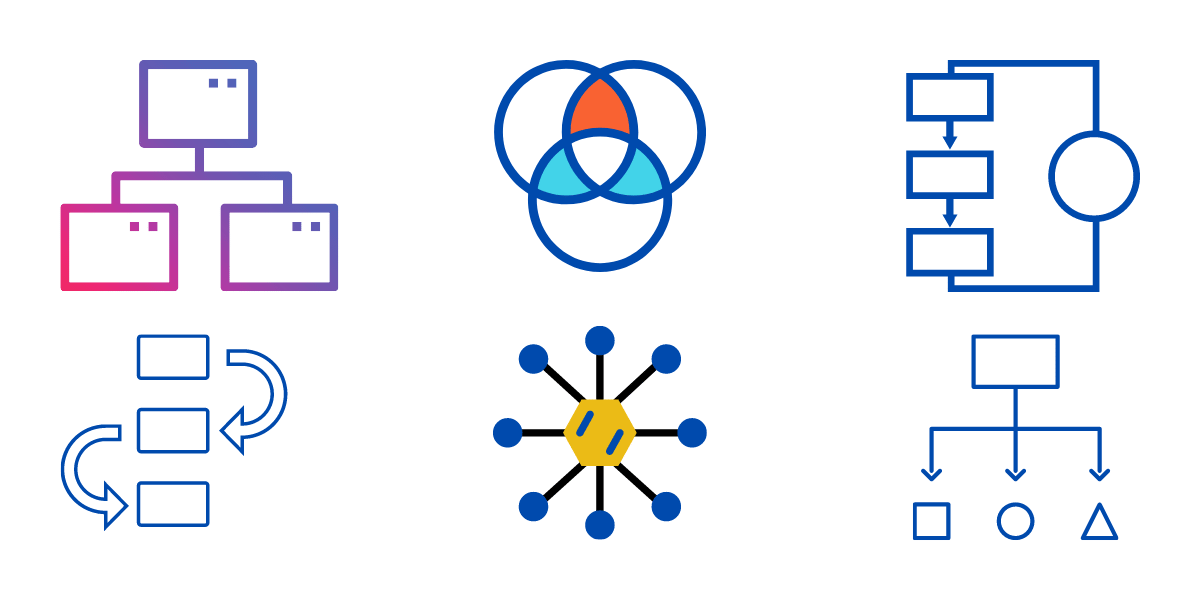
School textbooks are the likeliest place to encounter one. But what are these diagrams exactly? Well, think of them as mazes without obstacles, but rather clear directions with pointing arrows on how to get from point A to point B.
UML diagrams come in different types and forms, but if you are looking for a simple visual to represent information, going with the basic model should suffice. As for how to make UML diagrams, simple designing software should be enough. Even if you have next to no experience, creating a diagram should not be an issue.
2. Quotes
Quotes from famous people or books are quite common, especially among social media accounts that promote a healthy lifestyle. You have a motivating picture with a quote thrown in. It is one of the best visual content examples, but one that works regardless.
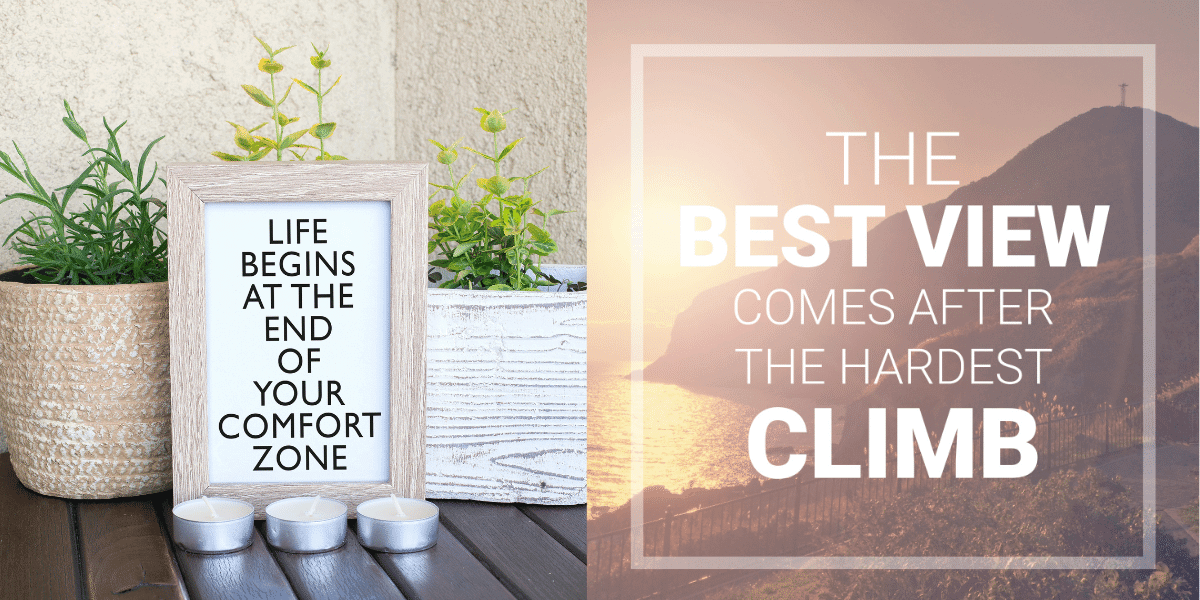
Posting inspiration quotes every day might be a bit of a stretch, but you can publish one now and then for the sake of content variety. Moreover, you can track how much engagement quote posts generate compared to other visual content and decide whether to pursue it further.
Also Read: Elements of a Successful Social Media Profile
3. Infographics
Infographics are quite difficult to make if you lack experience and proper tools but is the most popular example of visual content used by online marketers. It is no surprise that brands hire professional graphic designers who can provide aesthetically-pleasing infographics.
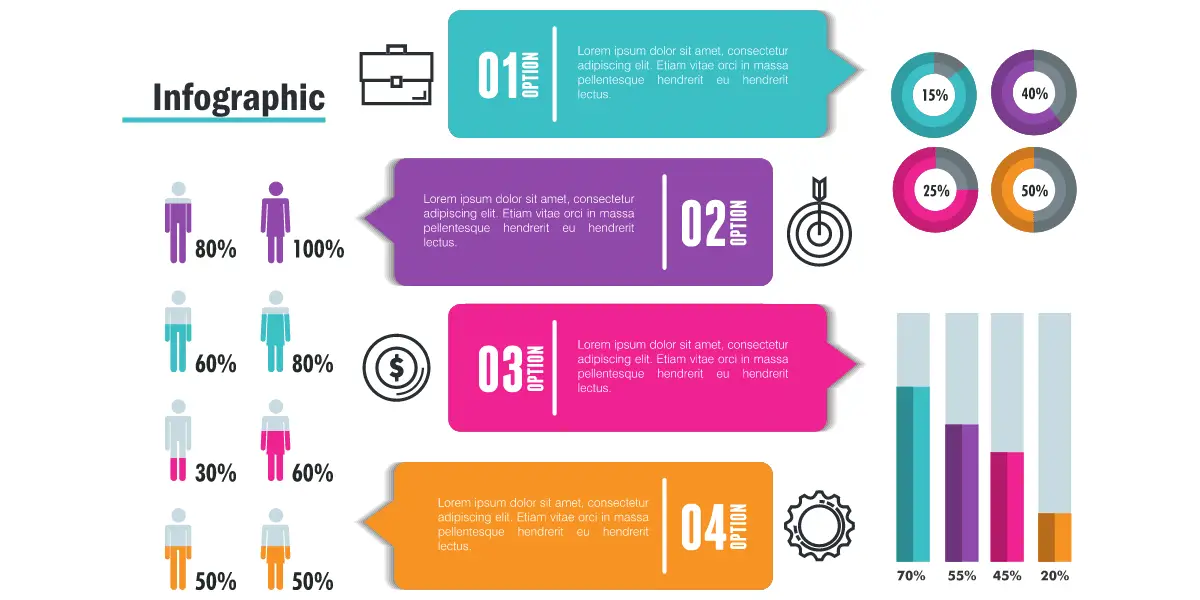
In addition to providing audiences with easy-to-digest information, infographics will also help with getting more website traffic, backlink juice, and social media presence.
Must Read: Best PicMonkey Alternatives to Create Infographics
4. Videos
Finding a reliable video editor can be difficult but worth it. Videos are pretty much everywhere nowadays. Platforms like Instagram and Facebook have been pushing their video platforms more and more, though it is unlikely that they will conquer YouTube any time soon. So, we have to accept the fact that videos are one of the most trending examples of visual content nowadays.
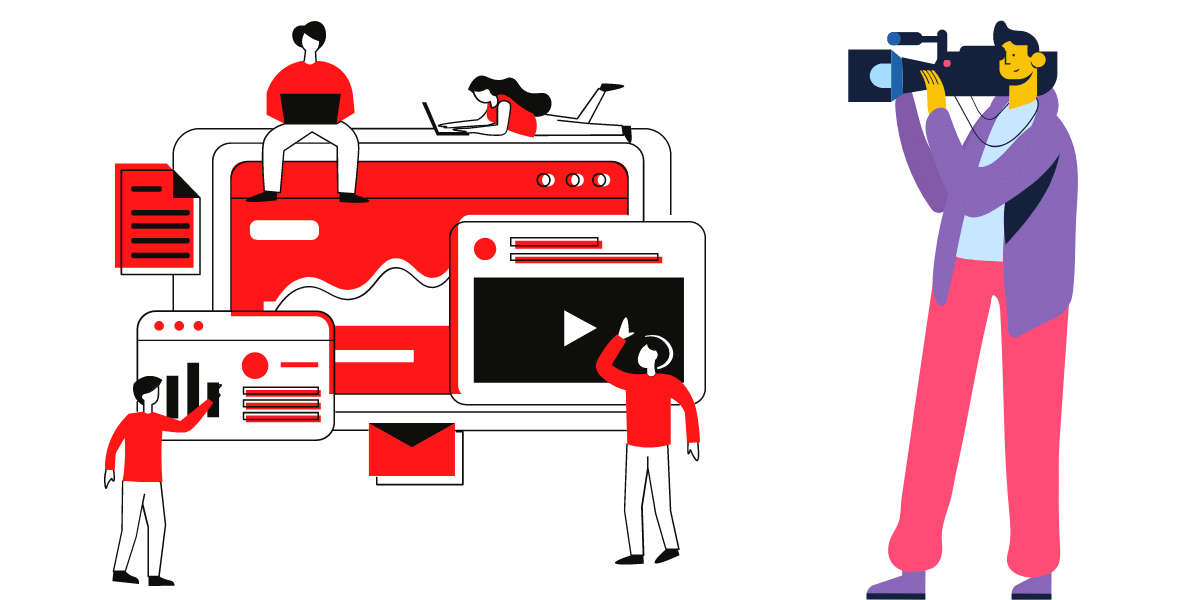
Bloggers embed videos in their posts; influencers collaborate with YouTubers; Twitch TV streamers create highlight channels. These are just a few examples of how personalities and brands are profiting from videos and how much of an impact this type of content makes.
5. GIFs
Another great example of visual content is GIFs. Not everyone is that keen to use GIFs, but it seems that the stigma is slowly disappearing from different corners of the internet.
GIFs started as a gimmick for people to react to others, but now they can do wonders for one’s marketing campaign. Some of the advantages of using GIFs include:
- indicating that your brand is aware of the current internet trends and is relatable
- providing a type of content that is easy to consume and share on social sites
- conveying emotion
- showing that there is a real person behind your brand
6. Memes
Like GIFs, memes are not on the priority list for many marketers, but the internet trends dictate how brands should adjust, and memes are an excellent example of visual content online.
You do not need to force memes into your campaign if they have no place there. However, in case there is an opportunity for a lighthearted post here and there, go for it. Who knows, a meme may end up attracting more engagement than you expect.
You May Like: 15 Photoshop Alternatives
7. Screenshots
Screenshots are perhaps the easiest method to get visual content. You need to find a piece of information and capture it with the computer’s keyboard.
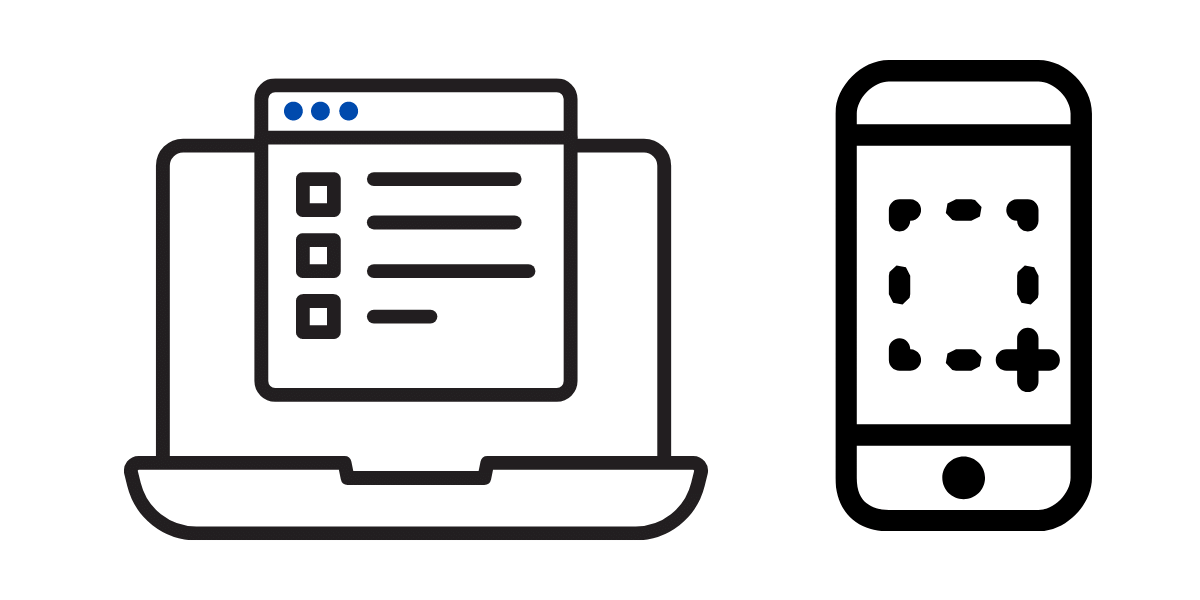
Of course, you have to consider copyright. Do not go around and capture screenshots from sources that may get you into trouble. Or, at the very least, ask if they allow it and give credit.
8. Animated Videos
Another trending example of visual content is Short animated videos that last somewhere between 1 to 2 minutes and are easy to digest. Someone is more likely to watch an animated video than read a text, right?
One of the downsides of animated videos is how expensive they can be. Your investment may not work out in the end, so weigh your expectations and how much you are willing to spend.
Recommended: 15 Best Video Editing Software for Beginners
9. Photos
Last but not least, Photos are the best example of visual content that almost every brand uses. You do not need to be a professional photographer to improve the content quality with photos. Several websites offer stock images for free. Pexels.com, Unsplash.com, and Pixabay.com are a few examples.
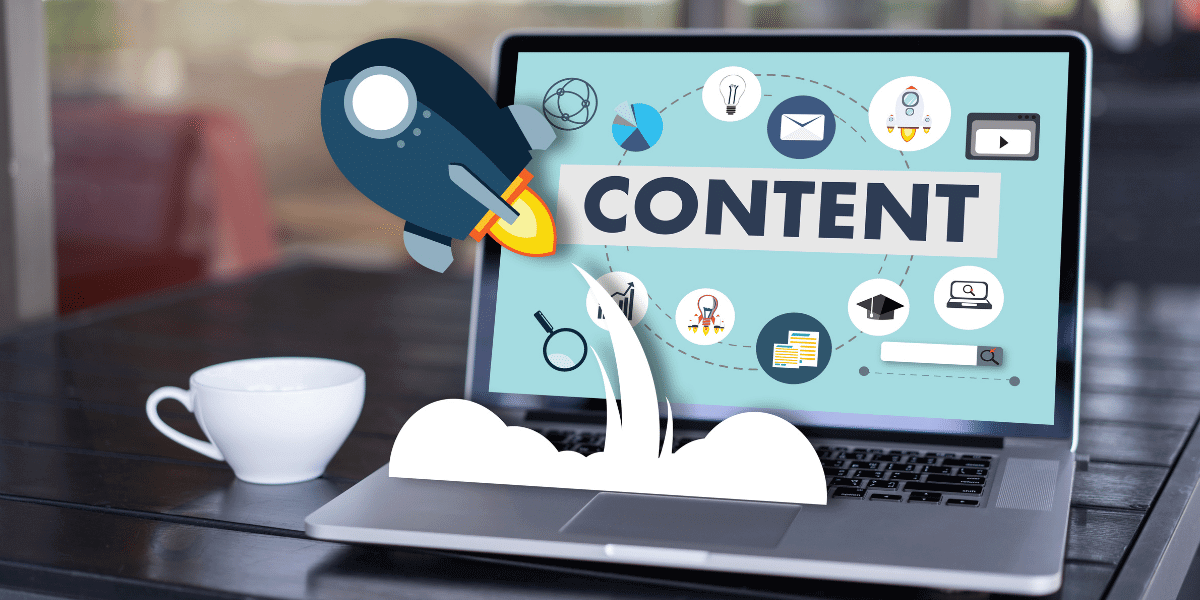
Make sure that the photos you include have the proper size and format. Also, focus on image quality because low-quality pictures will make the marketing campaign, not improve it.
Conclusion
In this article, you learned about the top 9 examples of visual content that you can use in your marketing and achieve your goals like increasing social media followers, getting quality leads, engaging with the audience, improving online reputation, etc.
If you have any suggestions or questions, please leave your comments down below.
Co-founder at GetFoundXL.com. Owner of several web properties and marketing entrepreneur with multiple exits.





















